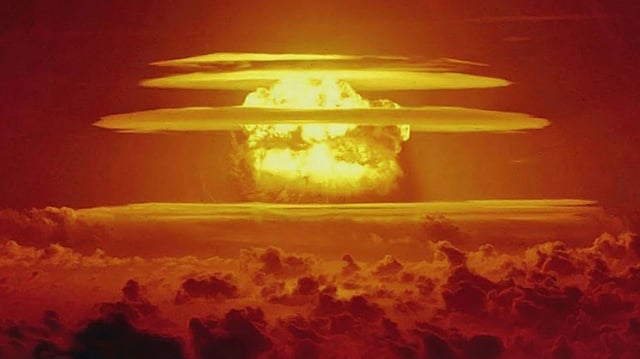Overview
- Seismic signals from earthquakes can overlap with underground nuclear test signals, dropping detection rates from 97% to 37% when events occur within 100 seconds and 250 kilometers of each other.
- Earthquake swarms and repeating seismic events can further reduce detection rates from 92% to as low as 16%.
- The findings challenge a 2012 report that claimed earthquake signals could not obscure nuclear test signals, prompting a reassessment of monitoring methods.
- Researchers used a waveform injection method to simulate explosion signals within real earthquake data, testing detection capabilities at the Nevada National Security Site.
- While seismic monitoring remains critical under the Comprehensive Nuclear-Test-Ban Treaty (CTBT), the study underscores the importance of integrating non-seismic indicators like radionuclide detection to enhance verification efforts.

